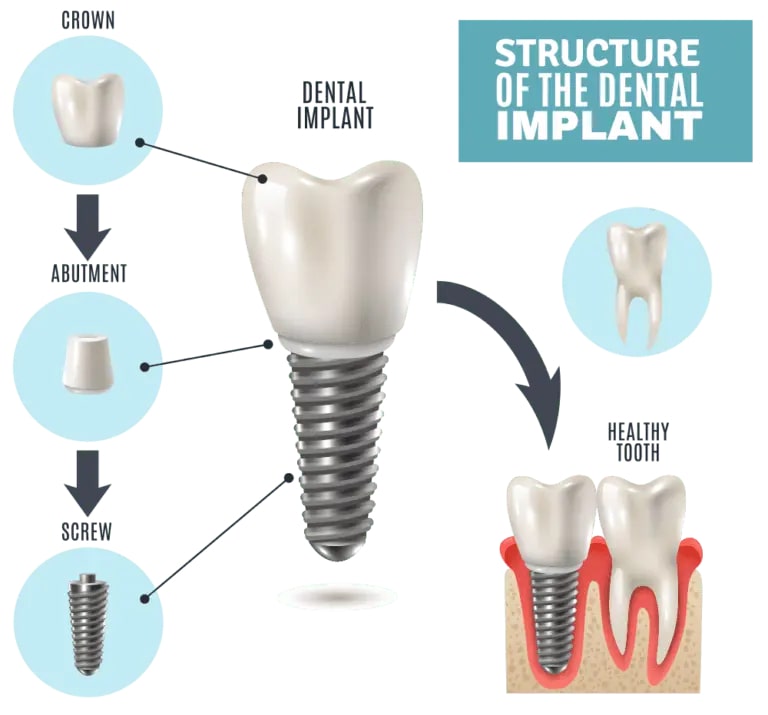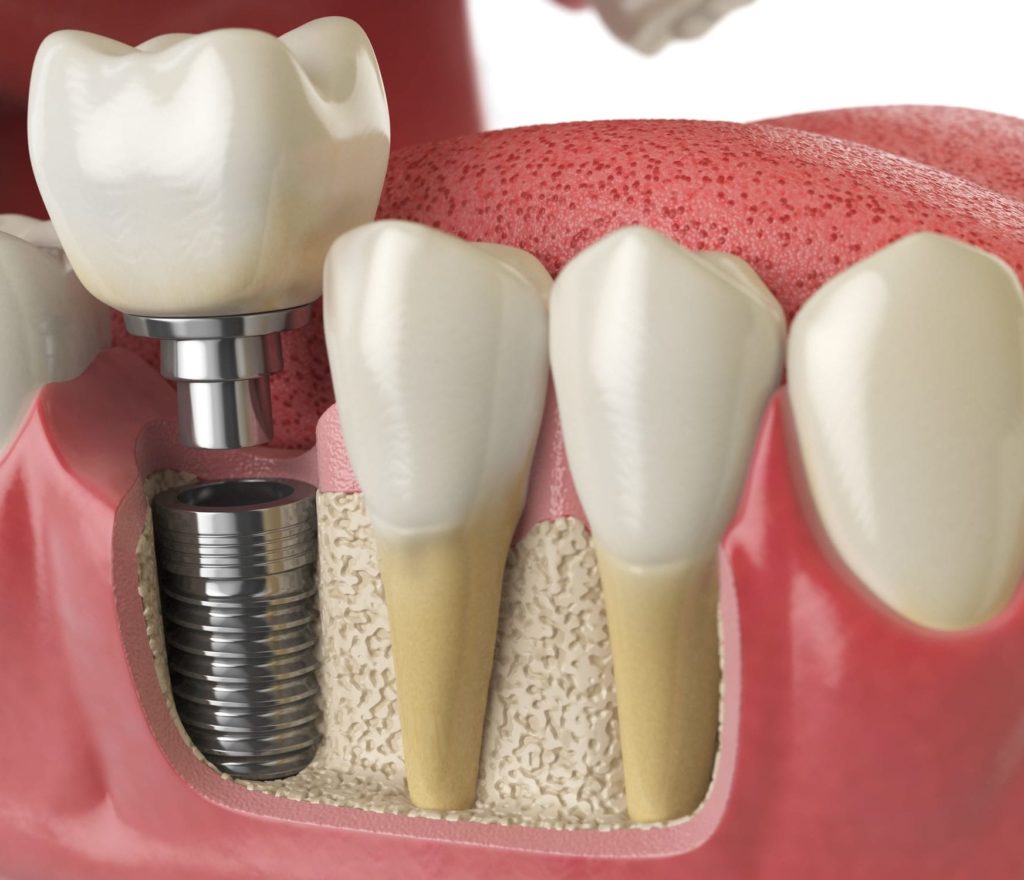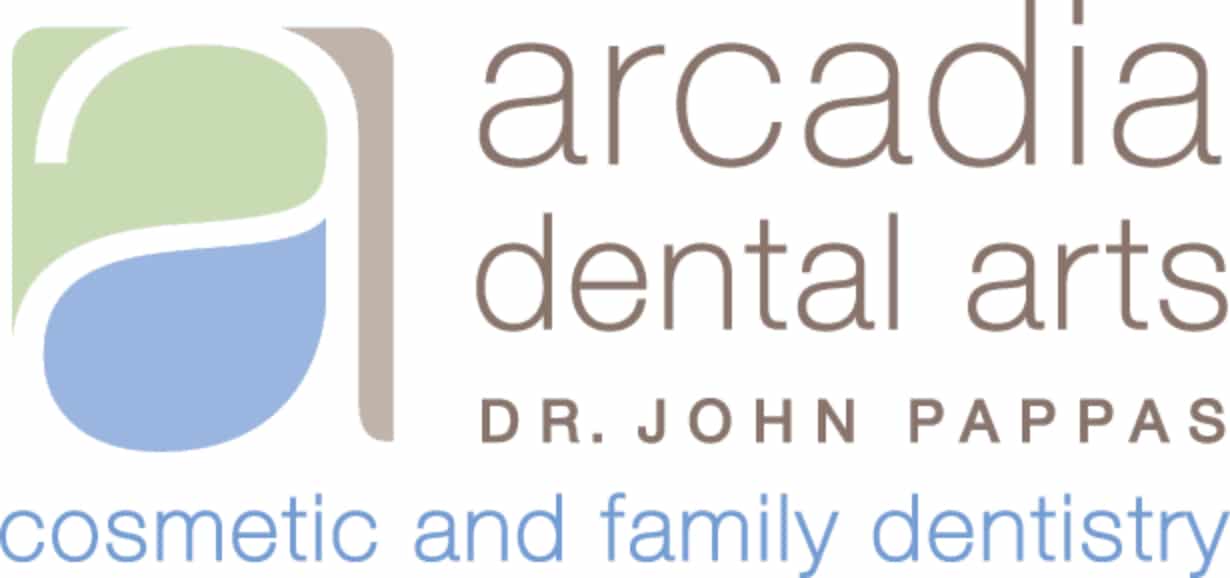The Solution To Missing Teeth
Learn what your solutions are to missing teeth in Phoenix! If you’re one of the 178 million Americans missing at least one tooth, you know how much it can affect your life. Not only can it be embarrassing but it also can make it difficult when chewing or speaking.
Although it may seem like missing just one tooth is no big deal, especially if the empty space isn’t visible, it can actually have damaging effects on your health and appearance.
When you lose a tooth, other teeth begin to shift into the empty space. This can change your entire bite and create alignment issues with your jaw. Over time, it can lead to the wearing down of other teeth and potentially even to symptoms of TMJ disorder.
What Are Dental Implants?

Dental implants are one of the most revolutionary parts of modern dentistry. They replace the tooth or teeth from the root up. A titanium post is placed where the root once was and a crown is secured on top to replicate a natural looking tooth.
This permanent solution to tooth loss can be used to replace a single tooth, to stabilize a full set of dentures or even to replace an entire mouth of teeth. The results are life-changing. Chewing and speaking become comfortable and natural again and patients smile with more confidence than they thought they’d ever had again.
At Arcadia Dental Arts the screening, treatment plan, and implant placement are all done in our office which means better results in a comfortable environment you can trust. Our investment in advanced technology allows us to plan out exactly where the tooth needs to be placed before the procedure even occurs.
Are There Different Types of Dental Implants?
There are three different types of dental implants: Zygomatic, endosteal, and subperiosteal.
Endosteal implants:
These types of implants are the most common type of dental implants. The recovery period is shorter, and they also carry a lower risk of potential complications after insertion.
Subperiosteal implants:
Subperiosteal implants are placed on top of the jawbone, not inside. A metal frame is placed below the gum line with a post attached to it. These types of implants are used for patients who have an inadequate healthy jawbone or don’t want to undergo a bone graft.
Zygomatic implants:
This type of implant is used for patients who have an inadequate amount of jawbone for other types of implants. Zygomatic implants are affixed to the patient’s cheekbone instead of the jawbone, making it a complicated, less utilized type of implant.
The Dental Implant Procedure

Not everyone can have a dental implant placed with Dr. Pappas, at least not immediately. If the tooth or teeth have been missing for some time, the jawbone beneath didn’t receive the energy usually sent down through the teeth when chewing. This energy is what keeps the jawbone continually shedding old cells and replacing them with new jawbone cells. Without this energy, the jawbone in the area may have resorbed to the point that there isn’t enough bone mass to safely hold the implant. In that case, Dr. Pappas will need to build the jawbone mass up with a bone graft before the implant can be placed. Otherwise, just about any adult of any age can have an implant.
The implant process involves four distinct steps.
- Implant placement — Dr. Pappas first anesthetizes you. Then he exposes the jawbone. If needed, he drills a tiny hole into the socket that held the former tooth root. Now the titanium implant is screwed down into the socket.
- Osseointegration — The second step is what separates implants from other replacement options. Once the implant is placed, the jawbone is allowed to grow around the implant, making it part of the jaw. This process, called osseointegration, takes from three to six months.
- Attaching the post — Once your jawbone has adopted the implant you return and we attach a post, called an abutment, to the implant. Now it’s time for your gums to heal around the abutment for approximately two more weeks.
- Attaching the crown — When your gums have healed, you’re ready to have the crown (false tooth) attached to the post. Dr. Pappas uses only porcelain crowns in his practice, so it will beautifully match your surrounding teeth and provide unparalleled strength and durability. Once we attach the crown, you can go out and immediately enjoy your new tooth.
Is The Dental Implant Process Painful?
Most of our Arcadia Dental Arts patients are surprised at how easy the procedure of getting an implant is. Yes, it takes time, but it is not really that uncomfortable. Dr. Pappas makes a small incision in the gums to access the jawbone when placing the implant base. You’ll eat a soft diet for a week or so as the incision heals, and there can be some soreness, but the pain is not acute and can be managed with over-the-counter pain medication. When the post is attached, the gums need to settle around the post and this takes a few weeks. But, again, this isn’t painful. Placing the crown onto the post doesn’t involve any pain.
Dental Implant Options
Dental implants are far and away the best way to replace a missing tooth. For a single tooth or two, it’s a no brainer to replace them with implants. If you’re missing a number of teeth you can replace them all with implants, but this may not be cost effective for some patients. In these cases, dental implants still play a vital role, as anchors for either partial dentures/bridges or as anchors for full-arch dentures.
Dental Implants Vs. Natural Teeth
The titanium implant base is placed into the jawbone and the bone grows around it, making it a part of the jaw. This is every bit as strong as the tooth root of your natural tooth. The crown on top of the implant base is made of dental porcelain and it also is incredibly strong. A natural tooth could be somewhat stronger than a dental implant, but not if that tooth has any decay or other damage. Plus, a natural tooth can be loosened by trauma. Another advantage of implants is that the crown cannot be attacked by decay. Dental porcelain is also very resistant to staining.
“Metal-Free” Dental Implants

There is an alternative to titanium implants. These are called zirconia dental implants. They were first released for use in 1987. You may have heard them marketed as a non-metal, “ceramic” material that has all the advantages of titanium implants.
The fact is titanium is not a metal like silver amalgam used in fillings and such. The human body accepts titanium, as evidenced by the jawbone fully growing around the titanium implant and accepting it. Replacement knees, hips, and shoulders are also made from titanium.
Zirconium actually has an atomic number of 40, making it a transitional metal. So, there is a fine line between it and titanium in reality. Some people think they could be allergic to titanium, but this is extremely rare, with only 0.6% of people possibly being allergic.
The problem with zirconia dental implants is that they cannot heal under the gums. They are a one-piece design and the dental crown needs to be cemented onto the abutment. Cement can also cause problems. Titanium implants generally attach to the crown by a screw without the need for cement.
Finally, zirconium implants can develop microcracks and fractures in the crown or even the zirconia implant when they are being adjusted. This is especially true with small diameter zirconia implants.
Am I a Good Candidate for Dental Implants?
Patients in relatively good health who practice proper oral hygiene are ideal candidates for dental implants. They also need to have a sufficient amount of jawbone to anchor the implant. Prior to implant placement, patients will undergo a comprehensive oral examination with X-rays to determine if they are suitable candidates. Factors that can impact eligibility include lifestyle choices and oral hygiene.
What Is the Success Rate of Dental Implants?
Dental implants are a permanent solution for lost teeth and can last a lifetime when cared for properly. In general, dental implants have a very high success rate, usually around 95%. However, the overall success rate will depend on the patient’s overall health, oral hygiene practices, jawbone integrity, and most importantly, the skill and expertise of the dentist performing implant placement.
How Long Do Dental Implants Last?
Implants are the longest lasting dental prosthesis. Once they successfully become a part of your jawbone, they will last for decades, usually for the remainder of the patient’s life. If, for some reason, the crown breaks or is damaged, it is easy to make a new crown and attach it to the still-anchored titanium implant base.
Will Anyone Know I Have Dental Implants?
In addition to replacing missing teeth and boosting feelings of self-confidence, dental implants look and function just like natural teeth. They are customized to match the exact shade of the patient’s natural teeth.
Can Dental Implants Replace Multiple Missing Teeth?
Yes, however, one implant only replaces one missing tooth. It is possible to replace multiple missing teeth with multiple implants or with a bridge. A partial prosthesis, or bridge, may contain two to three implants. The exact number of implants will depend on the type of dental prosthesis and the number of missing teeth.
How to Maintain Dental Implants
Because they are anchored into the jawbone, implants behave just like natural teeth. Their care is no different. Daily brushing and flossing is all that’s required.
Schedule A Consultation For a Dental Implant in Phoenix
For more information on how dental implants can improve your quality of life, give us a call at 602.957.9643.


